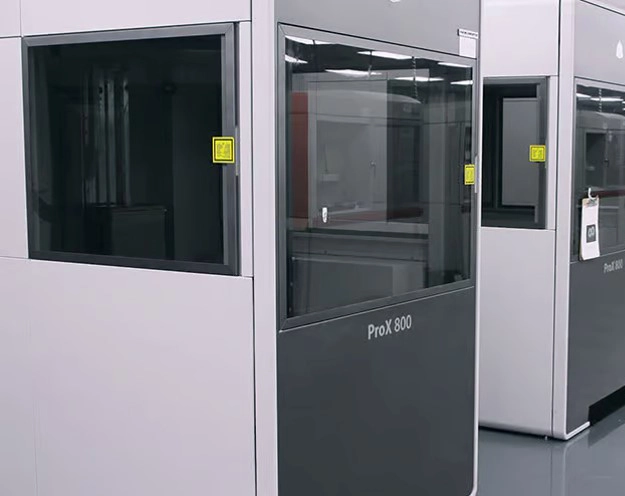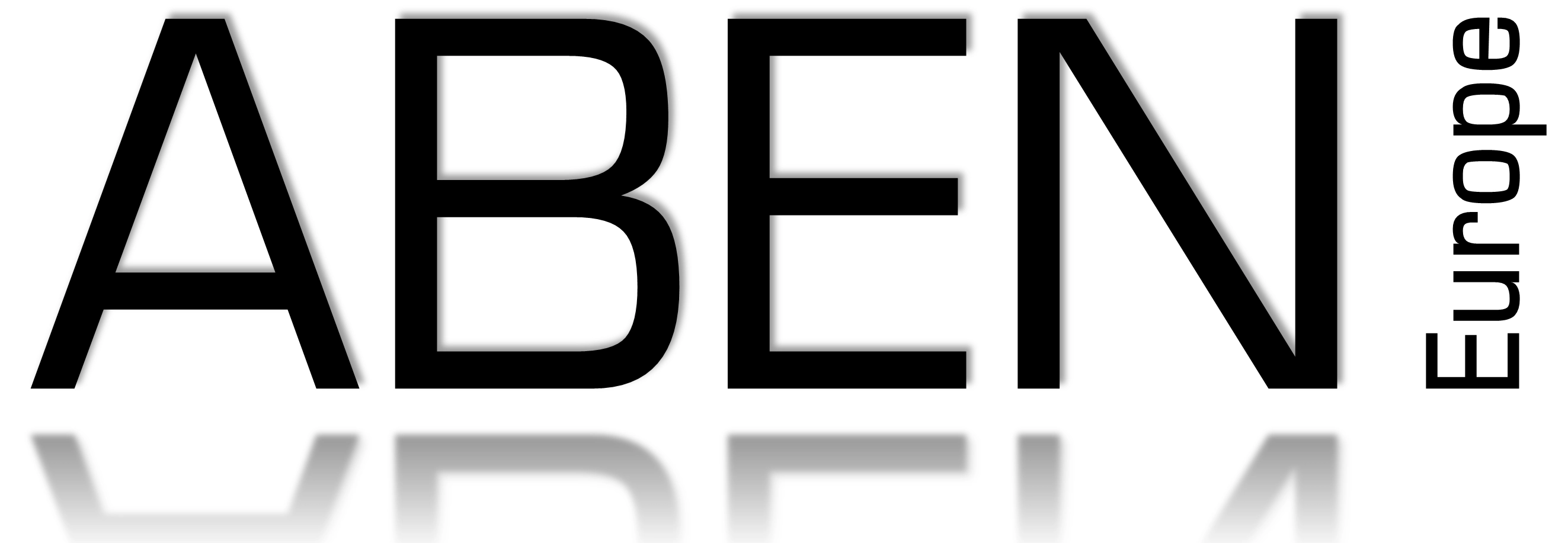What is Stereolithography (SLA)?
Stereolithography is the original additive manufacturing process. Developed in the early 1980s this is the most established of all the additive manufacturing processes. It rapidly produces parts which are both tough and accurate.
Like all additive manufacturing processes, the starting point is a 3D CAD model which has been developed on a suitable 3D CAD software package.
The process uses an ultraviolet light laser which is carefully guided over the surface of a bath which contains the photo polymer epoxy resin from which the parts are made. The original CAD model is oriented in space and then sliced into layers not 0.1 mm thick. This “slice file” is then used to create the SLA physical model.
Aben manufactures stereolithography models to high tolerance is and excellent surface finishes in a variety of Somos stereolithography resins supplied by DSM. Commonly available is the water-clear “11122 Watershed” resin and the new “Next Generation LV Grey” resin. To find out more about these resins please visit our data sheets page. The stereolithography process can also be used to manufacture casting patterns, using the Quickcast process.

Applications
Stereolithography (SLA) is an advanced 3D printing technology that finds applications across various industries due to its high precision, fine details, and smooth surface finish. Additionally parts can be made very quickly, directly from CAD. Here are some key applications:
Prototyping
Product Development: SLA is widely used for creating detailed prototypes, allowing designers and engineers to visualize and test the form, fit, and function of a product before mass production.
Iterative Design: The ability to quickly produce and refine prototypes accelerates the design process and improves product quality.
Engineering and Manufacturing
Functional Parts: SLA can be used to produce functional parts and components with high accuracy for various engineering applications.
Casting: We can create very complex ‘Quickcast’ patterns to be used in conjunction with investment casting to produce complex parts in a variety of metals.
Medical and Dental
Custom Implants and Prosthetics: SLA can produce models of highly detailed custom implants and prosthetics tailored to individual patients.
Dental Models and Appliances: Dentists use SLA to create precise dental models of crowns, bridges, and orthodontic devices.
Jewellery and Fashion
Intricate Designs: Jewellers use SLA to create complex and intricate patterns that would be difficult to achieve with traditional manufacturing methods.
Custom Accessories: Designers can produce custom fashion accessories with fine details and high-quality finishes.
Education and Research
Educational Models: SLA is used in educational settings to create detailed models for teaching and demonstration purposes.
Scientific Research: Researchers use SLA to produce custom laboratory equipment and experimental apparatus with intricate features.
Art and Entertainment
Props and Models: The film and entertainment industry uses SLA to create detailed props, character models, and set pieces.
Artistic Sculptures: Artists and sculptors employ SLA to realize complex artistic visions with high precision and fine details.
Consumer Goods
Customized Products: SLA allows for the production of personalized and customized consumer products, such as phone cases, eyewear, and home décor items.
Small Batch Production Ideal for small batch production runs where traditional manufacturing methods would be cost-prohibitive.
By utilizing SLA, these industries benefit from the technology's ability to produce highly detailed, accurate, and customized parts quickly and efficiently.
Materials and Parts Sizes
| SLA resin | Features | Build Size | Relative cost | Applications | Data Sheet | |
|---|---|---|---|---|---|---|
| DSM Imagine 8000 |
•White colour •Robust •Easy to finish •Takes paint well |
600x600x300 | $$ |
•General purpose applications •Form, fit and function trials •Good for large assemblies •Architectural models |
Download | |
| DSM Watershed 11122 |
•Clear •Water resistant •Can be polished water-clear |
800x800x400 | $$$ | •Flow test parts •Applications with close contact/immersion with water |
Download | |
| Godart SLA 8228 | Transparent Green | 800x800x400 | $ | General fit and function trials | Download | |
| Accura Extreme grey | Grey colour | 800x800x400 | $$$ | •Form, fit and function trials •Slightly flexible – good for snap fits •Tough material |
Download | |
| Bluestone | •Blue •Extremely stiff and strong •Can operate at 250 C |
450x450x300 | $$$$$$ | Can operate in specialist environments such as wind tunnels and at high temperatures | Download |
SLA Surface Finishing & Tolerances
Aben uses a specific method of defining the surface finishes which can be achieved on our additive manufactured models. The two digit alphanumeric code is used to define the surface finishes which can be achieved. The first digit controls the finish of the ’A’ surface of the part and the second digit controls the finish on the ‘B’ surface. The table below summarises the method.
| Model 'A' Surface | Model 'B' Surface | Finish Definition |
|---|---|---|
| C | 3 | As built with a light sand blast finish. Layer lines are still likely to be visible, but the dimensions of the part are as close to the CAD model as the SLA process can produce. |
| B | 2 | The part is finished using 600 grade wet and dry paper. Layer lines will be removed and the part is effectively ready to paint. |
| A | 1 | The part is finished using 1000 grade paper. The part will effectively be in a semi-polished state. This finish is required for the part is to be finished with a gloss paint. |
Paint Finishes
Aben offers a range of paint finishes including matt, satin and a gloss. A standard range of colours are available by particular RAL numbers can be obtained upon request. Please contact our sales staff for more information.
Other Finishes
Aben can offer additional finishes including plating, the use of conductive paint and aqua-film finishes. Again if you have a special finish requirement, please contact our sales staff.
The Quickcast Process – tool free investment casting
By making the model hollow and introducing a lattice structure into the hollow space to maintain surface rigidity it is possible to significantly reduce the mass of resin in the part. Such a part can then so be sent to an investment casting foundry where it can be used in place of a normal wax in the lost wax process. Consequently it is possible to manufacture a metal casting without the requirement of expensive and time consuming wax tooling. Almost any metal can be used in the investment casting process and so this process is a quick and simple method of producing metal castings in very small timescales. To find out more please contact our sales staff.
File Formats
Aben can accept all the common 3D CAD formats including STL, IGES, STEP, Parasolid and CATIA, as well as several others. If you have any doubt about the format of your CAD model please contact us.
SLA Design Guide
View our comprehensive guide to understanding SLA design.
Quoting Guide
To view our how to guide to create your very own SLA quote please follow our how to guide which is avaliable at the link below:
Request a Quote
To start your own SLA quote please follow the link below, or fill in our Request a quote form below.
